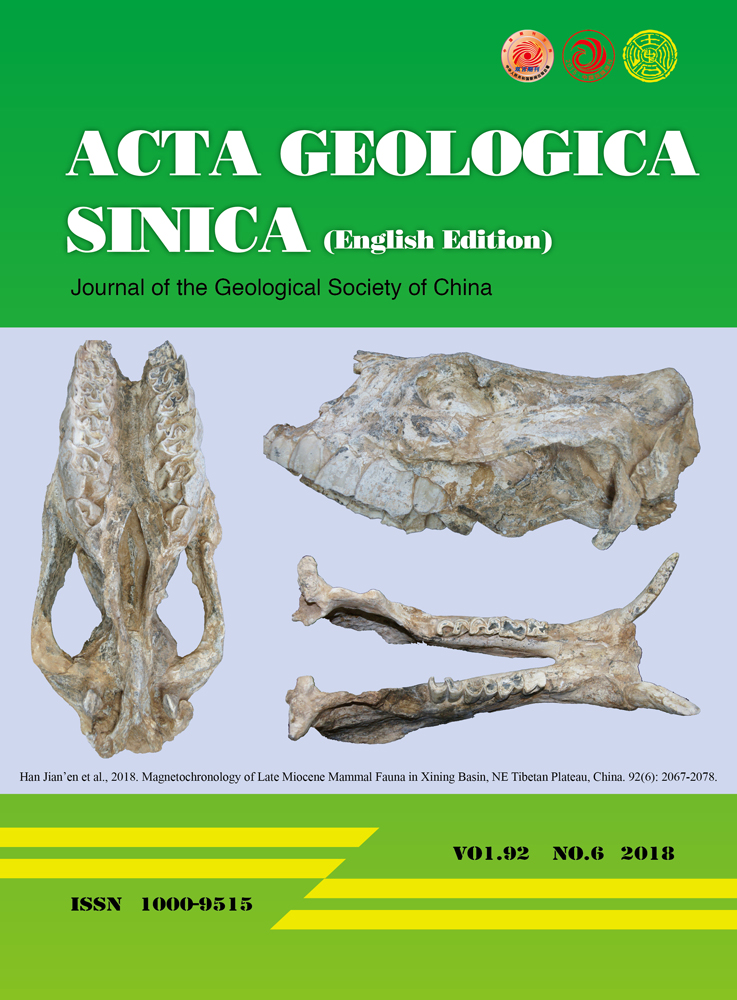Flow Behavior of Clay-Silt to Sand-Silt Water-Rich Suspensions at Low to High Shear Rates: Implications for Slurries, Transitional Flows, and Submarine Debris-Flows
About the first author: Pierdomenico (Piero) DEL GAUDIO: male; born in 1969 in Catanzaro (Calabria), Italy; PhD; researcher at Istituto Nazionale di Geofisica e Vulcanologia, Roma1, Rome (Italy); he is a geologist involved in the experimental study of rheological properties of geomaterials and technical materials, in particular of Newtonian to non-Newtonian magmatic and sedimentary suspensions, using both analogue and natural materials.
Abstract
Water-rich clay to sand suspensions show a shear rate dependent flow behavior and knowledge of the appropriate rheological model is relevant for sedimentological, industrial and hydraulic studies. We present experimental rheological measurements of water-rich (40 to 60 wt%) clay to silt (population A) and silt to sand (population B) suspensions mixed in different proportions. The data evidence a shear rate dependent shear thinning-shear thickening transition. At lower shear rates, the suspensions organize in chains of particles, whereas at higher shear rates, these chains disrupt so increasing the viscosity. The viscosity, consistency and yield stress decrease as the A+B fraction decreases as the content of B particles increases. This behavior reflects the competing effects of the lubrication and frictional processes as a function of particle size and water content. Transitional flows form by the incorporation of small amounts of the finer fraction while ‘oceanic floods’ form at the estuary of rivers and the submarine debris-flows increase their velocity by incorporating water. The critical Reynolds number of the studied suspensions is ∼2000±100 suggesting that the grainsize plays a major role in the laminar to turbulent transition. Our results have implications for the modeling of sediment flows and the hazard related to floods.




